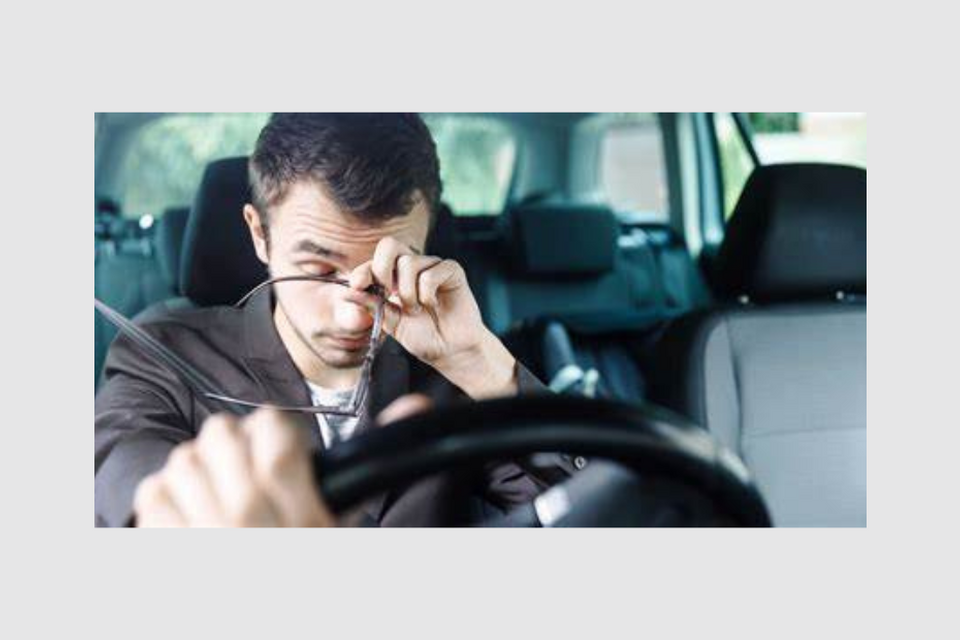Drowsy Driving Prevention Week, held every year during the first full week of November, is a good time to remember that drowsy driving is impaired driving.
According to the Centers for Disease Control and Prevention, about 1 in 25 adult drivers report having fallen asleep while driving in the previous 30 days, and many more admit to driving when they were sleep-deprived. These startling figures show how prevalent drowsy driving is. What drivers may not realize is how much drowsy driving puts themselves – and others – at risk. In fact, an estimated 6,400 people died annually in crashes involving drowsy driving, according to the National Sleep Foundation.
- Teen and young adult drivers.
- Drivers on the road between midnight and 6 a.m. or in the later afternoon.
- Drivers who don’t get enough sleep.
- Commercial truck drivers.
- Drivers who work the night shift or long shifts.
- Drivers with untreated sleep disorders—like sleep apnea, where breathing repeatedly stops and starts.
- Drivers who use medicines that make them sleepy.
- Get enough sleep! Most adults need at least 7 hours of sleep a day, and teens need at least 8 hours.
- Develop good sleeping habits, such as sticking to a sleep schedule.
- If you have a sleep disorder or have symptoms of a sleep disorder such as snoring or feeling sleepy during the day, talk to your doctor about treatment options.
- Before you drive, avoid taking medicines that make you sleepy. Be sure to check the label on any medicines you take or talk to your pharmacist.
- Before you drive, avoid drinking alcohol. Alcohol impairs the skills needed for driving and increases drowsiness.
- Yawning or blinking frequently.
- Trouble remembering the past few miles driven.
- Missing your exit.
- Drifting from your lane.
- Hitting a rumble strip on the side of the road.
